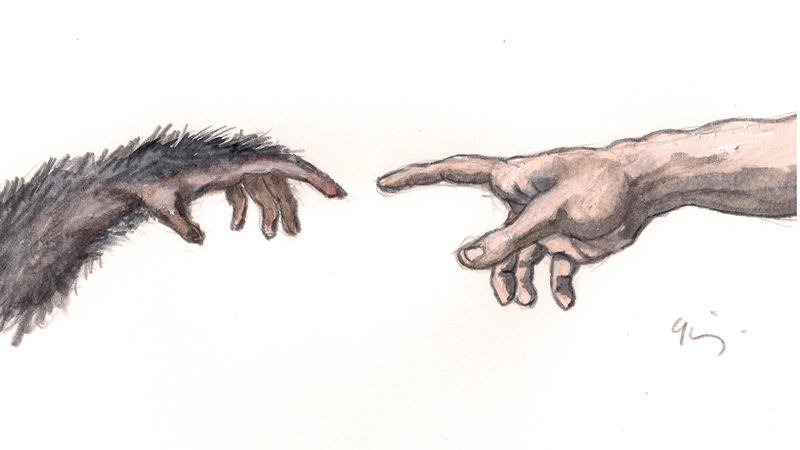In January 2018, Yann Wehrling published an op-ed, to save the great apes (chimpanzees, orangutans, and gorillas) from extinction. Two years later, where do we stand? Elements of response.

April 2018: a collective addresses an emergency plan to the Ministers of Ecological Transition and Foreign Affairs, and to the President of the Republic for France to commit to a series of measures to save the great apes and defend the cause with UNESCO. On this occasion, Sabrina Krief, primatologist at the Natural Museum of Natural History, reminds us: “in 50 years, the populations of great apes in Asia and Africa have decreased by 70%.” A petition, initiated by the collective, which then gathered nearly 15,000 signatures, led to the adoption of the protection of great apes and their habitat in the 2018 biodiversity plan.

May 2019: UNESCO reiterates its commitment to GRASP (Great Apes Survival). This partnership, which brings together members of governments, civil society, United Nations agencies and private companies, aims to ensure the long-term survival of the great apes. Its coordinator, Johannes Refisch, has been invited to participate in the G7 inter-ministerial meeting in May at the invitation of the French Presidency. In the aftermath, several countries decided to support GRASP. Japan, India and Canada joined France, Germany, the United Kingdom, the United States, the European Union, Gabon, Indonesia and Norway. These various commitments, both national and international, are a step in the right direction.


Comments are closed